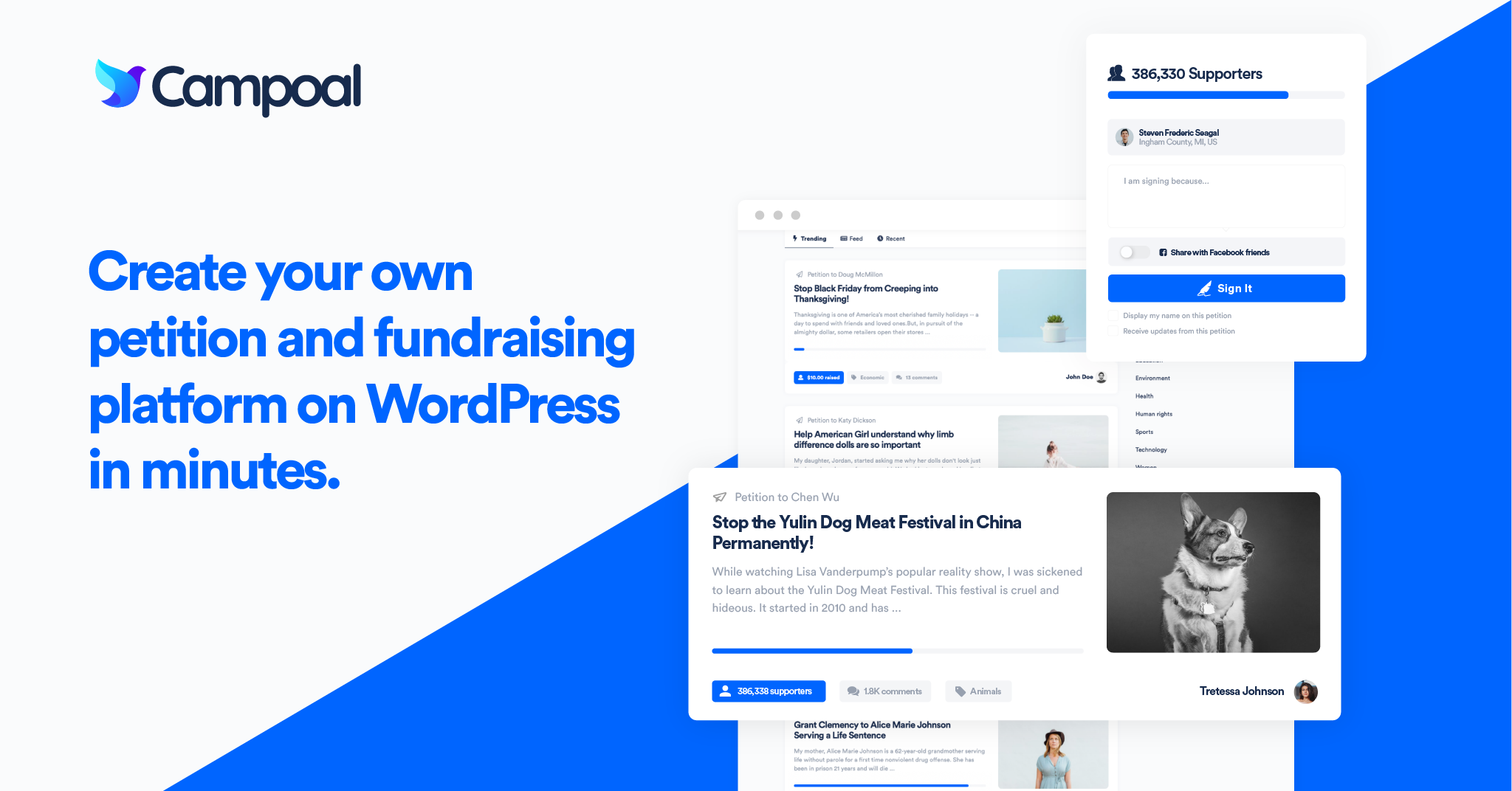In the world of nonprofit fundraising, acquiring new donors is crucial, but retaining existing supporters is equally—if not more—important. Donor retention, the process of nurturing and maintaining relationships with those who have already shown their commitment to your cause, is the bedrock of a successful fundraising strategy. This article explores the significance of donor retention, the challenges nonprofits face in this area, and actionable strategies to build strong, long-lasting relationships with supporters.

The Importance of Donor Retention
- Sustainability of Funding Donor retention is essential for the financial sustainability of nonprofits. While new donors are vital, retaining existing ones ensures a steady stream of contributions over time. A loyal donor base provides a stable foundation upon which organizations can plan and execute their initiatives.
- Reduced Costs Acquiring new donors often requires substantial investment in marketing and outreach. In contrast, retaining donors is more cost-effective. It’s estimated that acquiring a new donor can be up to five times more expensive than retaining an existing one.
- Increased Lifetime Value Long-term donors have a higher lifetime value. They are more likely to increase their giving over time, make planned gifts, and become advocates for your cause. Building strong relationships with supporters can translate into substantial financial support in the long run.
- Strengthened Impact Donor retention enables nonprofits to deepen their impact. Loyal supporters are not only financial contributors but also active participants in your mission. They are more likely to volunteer, spread the word, and engage with your programs, enhancing the overall effectiveness of your organization.
Challenges in Donor Retention
Despite the clear advantages, nonprofits often face challenges in donor retention:
- Lack of Engagement Some donors may feel disconnected from the organization they support. They may not fully understand the impact of their contributions or the importance of their ongoing involvement.
- Communication Gaps Ineffective communication can lead to donor attrition. Nonprofits must maintain regular and meaningful contact with donors to keep them informed and engaged.
- Competing Causes Donors may have limited resources and face appeals from various causes. Retaining their attention and commitment can be challenging in a crowded philanthropic landscape.
- Donor Fatigue Over-solicitation or repetitive requests for donations can lead to donor fatigue. Organizations must strike a balance between seeking financial support and acknowledging donors’ contributions.
Strategies for Building Strong Donor Relationships
- Personalized Communication Tailor your communications to individual donors whenever possible. Send personalized thank-you notes, updates on how their donations are making a difference, and stories that resonate with their interests.
- Transparency and Accountability Be transparent about your organization’s finances and the impact of donations. Show donors how their contributions are being used to advance your mission.
- Regular Updates Keep donors informed about your work and achievements through newsletters, annual reports, and social media updates. Show them the tangible outcomes of their support.
- Donor Recognition Recognize and celebrate donors publicly. Consider creating donor recognition programs, such as donor walls or appreciation events, to honor their commitment.
- Stewardship Programs Develop donor stewardship programs that go beyond soliciting donations. Engage donors in your organization’s activities, invite them to events, and offer opportunities for involvement.
- Feedback and Listening Seek feedback from donors about their experiences and expectations. Use this information to refine your donor engagement strategies.
- Multi-Channel Engagement Utilize various communication channels, including email, social media, and direct mail, to engage with donors. Different donors may prefer different methods of communication.
- Segmentation Segment your donor list based on various factors such as giving history, interests, and engagement level. This allows you to tailor your outreach more effectively.
Conclusion
Donor retention is not a one-time effort but an ongoing process of nurturing and building relationships with your supporters. By recognizing the importance of retaining donors, addressing challenges, and implementing effective strategies, nonprofits can create a solid foundation of long-lasting, committed supporters who will champion their cause, sustain their mission, and help bring about positive change in the world.

Campoal - No.1 Petition & Fundraising WordPress Theme
Campoal is a perfect WordPress theme to create the petition platform with fundraising. Where anyone can be start a social movement, collect supporters and raise funds to change something in society.
Related Articles

The Psychology of Giving: Understanding Why People Donate

Ethical Fundraising: Best Practices for Transparency and Accountability
